Just off the coast of Puglia, I stumbled upon a hidden paradise that honestly felt more Caribbean than Italian. The Tremiti Islands form a tiny archipelago with some of the clearest waters I’ve ever seen in Europe.
These five untouched islands deliver a real Mediterranean escape—idyllic beaches, stunning bays, and underwater visibility that honestly rivals places much farther from home.
Last summer, I spent a few days roaming San Dòmino, the biggest island, which locals call “The Garden of Paradise.” The lush green against the bright turquoise of the Adriatic creates views that look like they belong on a postcard.
What got me? Even in the middle of summer, the beaches stayed surprisingly uncrowded.
If you’re headed to Puglia, don’t do what I almost did and skip the Tremiti. Taking a boat around the islands shows off dramatic sea caves and cliffs that drop right into glass-clear water.
Swimming here feels unreal—like floating in liquid glass. I could see to the bottom, fish zigzagging through bright underwater plants.
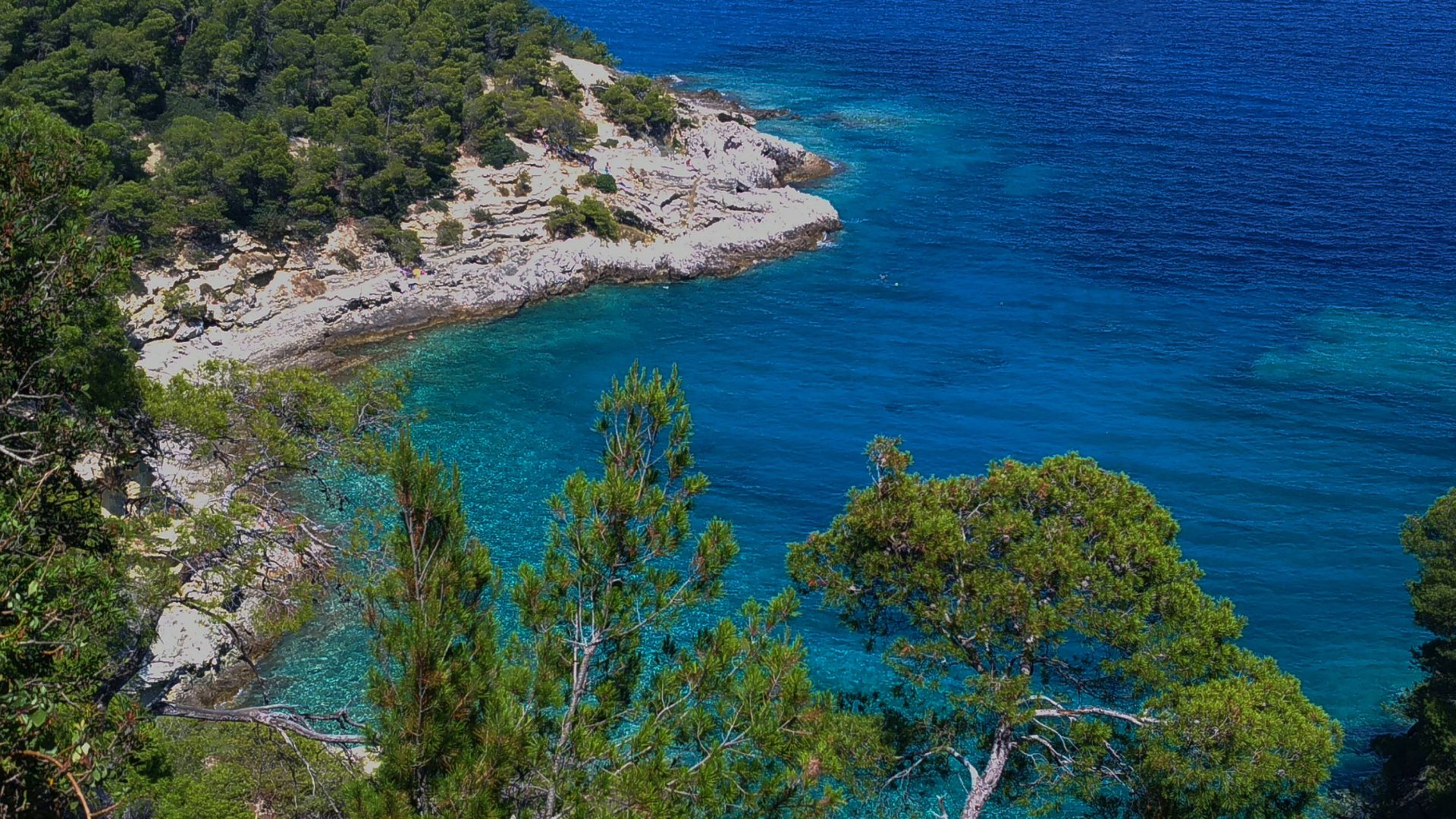
Discovering the Tremiti Archipelago: Puglia’s Caribbean
The Tremiti Islands are Italy’s best-kept secret. Their crystal-clear waters could fool anyone into thinking they’d landed somewhere in the Caribbean.
These five little jewels in the Adriatic sit just off Puglia’s coast, still wild and unspoiled.
Where Are the Tremiti Islands?
The Tremiti archipelago floats about 20 km off the northern Gargano coast in southern Italy. You get five islands: San Domino and San Nicola (the only ones with people), plus the quiet, untouched Cretaccio, Capraia, and Pianosa.
I was surprised by how easy it is to get there, considering how remote it feels. Ferries run regularly from the mainland—mostly from Termoli, Vieste, and Peschici—and the ride usually takes less than an hour.
During my trip, I realized San Domino is the biggest and greenest, while San Nicola holds most of the history and administration. The smaller islands just stay wild, letting nature do its thing.
A Brief History of the Tremiti Archipelago
The Tremiti’s past runs deep—almost as deep as the blue water around them. The ancient Romans called them the “Insulae Diomedeae,” believing the hero Diomedes created them by tossing stones into the sea.
Over the centuries, people used these islands for all sorts of things. The Romans sent exiles here. Later, Benedictine monks built a monastery on San Nicola in the 9th century, leaving behind those massive fortifications you still see.
When I walked through San Nicola, the fortress-abbey of Santa Maria a Mare really left an impression. Its walls practically whisper old stories about monks, pirates, and prisoners.
The islands even served as a penal colony during the Fascist era.
Now, the Tremiti have mellowed into a peaceful marine reserve and a unique spot for travelers, but you can still sense that old soul.
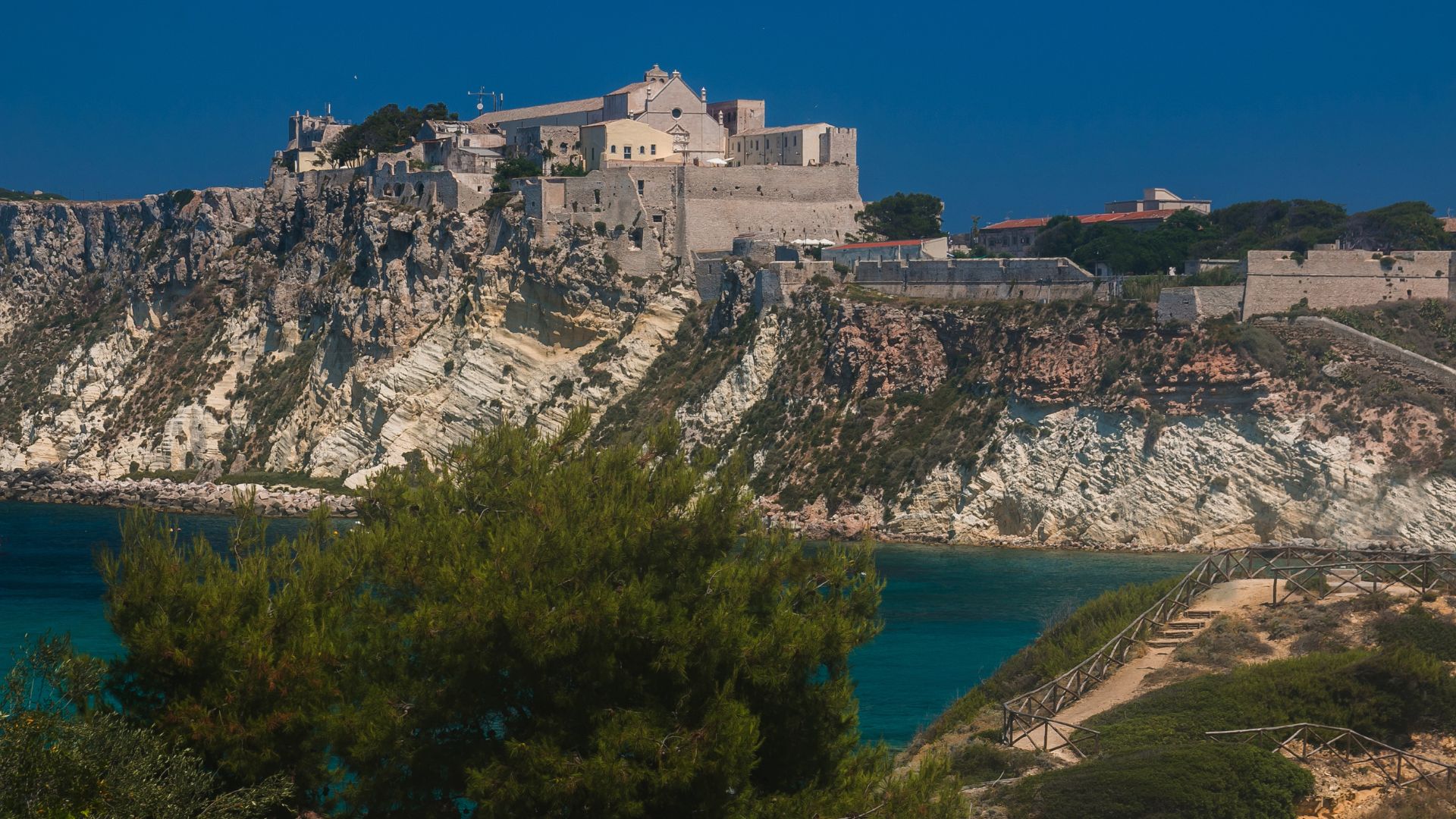
Why the Tremiti Are Known for Crystal-Clear Waters
The first time I ducked under the surface, I got it—people call the Tremiti “Puglia’s Caribbean” for a reason. The water clarity is wild; you can easily see more than 30 meters.
This happens thanks to a few things: barely any pollution, strong environmental rules (they’ve been a marine reserve since 1989), and the unique geology of the seabed.
I snorkeled at Cala degli Inglesi and got lost in underwater caves, bright fish, and long meadows of Posidonia oceanica swaying in the current. The sea life here is next-level—octopuses, groupers, even rare coral.
Divers love the Tremiti. I found the underwater statue of Saint Pius, 13 meters down between San Nicola and Capraia, pretty moving. Fish just glide around it, totally unbothered.
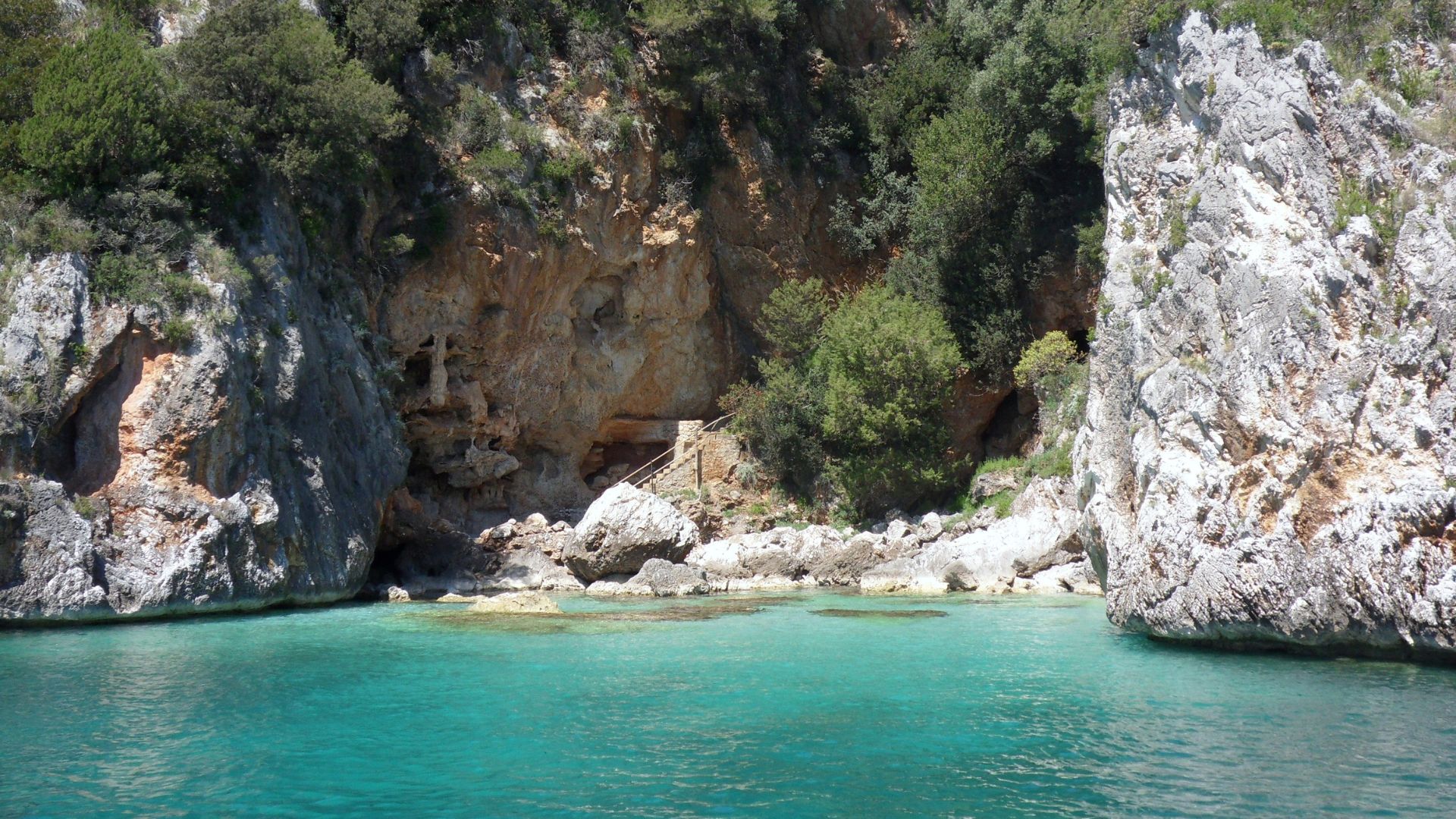
Islands in Focus: Exploring San Domino and Santa Maria
San Domino and Santa Maria each have their vibe, and both are worth your time. San Domino greets you with pine forests and secret coves. Santa Maria, on the other hand, packs history and culture into a small space.
The Laid-Back Vibe of San Domino
San Domino is the biggest and greenest of the bunch. My first day, I wandered through pine forests that smelled amazing and offered a cool break from the sun.
The coastline blew me away. I kept coming back to Cala degli Inglesi for swims—the water was so clear I could count pebbles far below.
I took a small boat to Grotta del Bue Marino. A local fisherman pointed out hidden caves I never would’ve found alone.
You’ll find everything from family hotels like Hotel Kyrie to campgrounds tucked in the pines. Most people stay here since it has the most amenities.
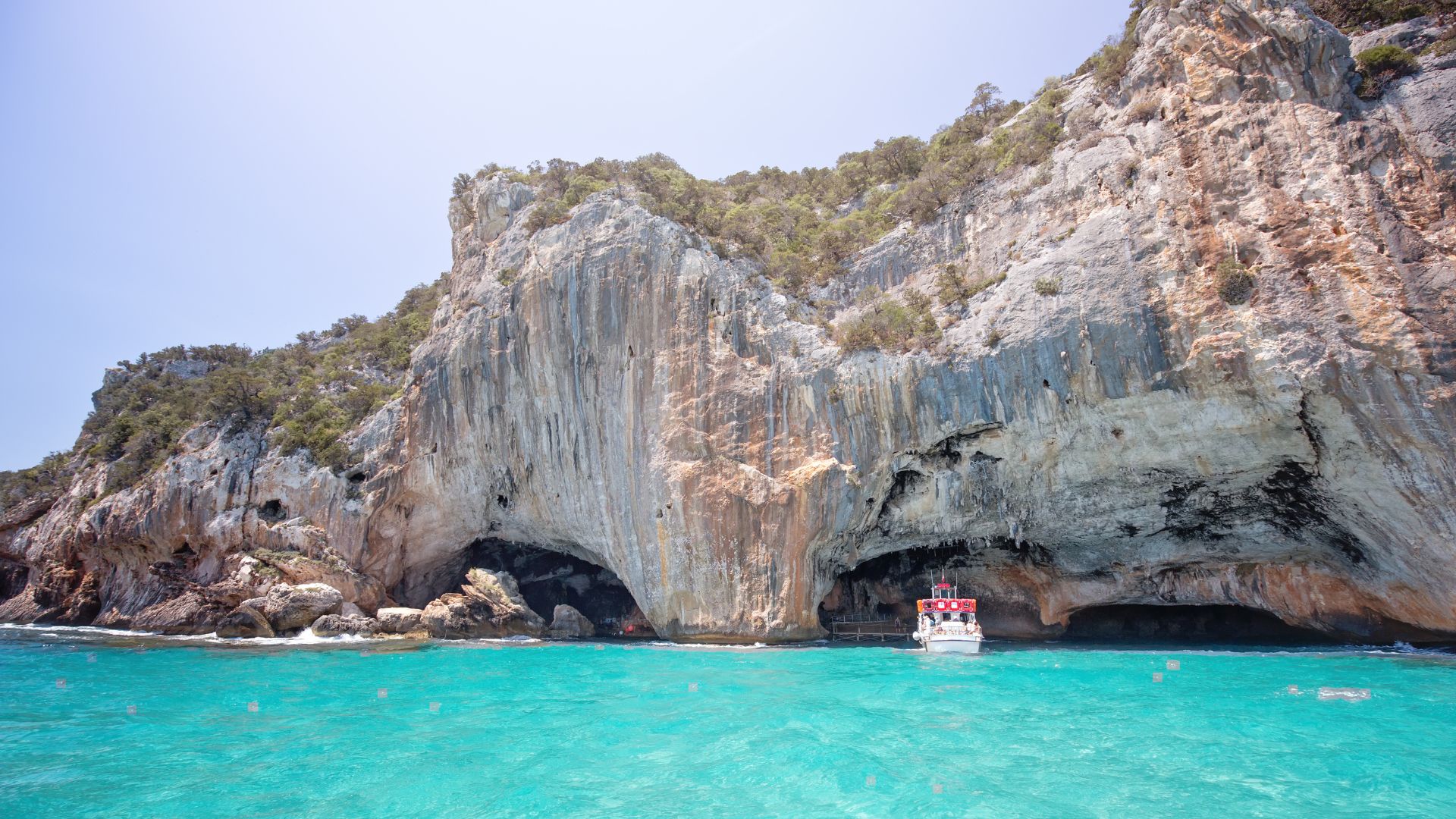
Cultural Charms of Santa Maria
Santa Maria (often called San Nicola) may be smaller, but it’s got a lot of history. The Benedictine abbey dominates the skyline—it’s been standing since the 11th century.
I spent a morning exploring the ancient walls, learning about the monks who lived here.
The little village around the abbey feels almost frozen in time. Cobbled streets lead to viewpoints where, on a clear day, you can see the mainland.
There’s a small archaeological museum with artifacts from all the civilizations that passed through. The old necropolis hints at just how long people have loved these islands.
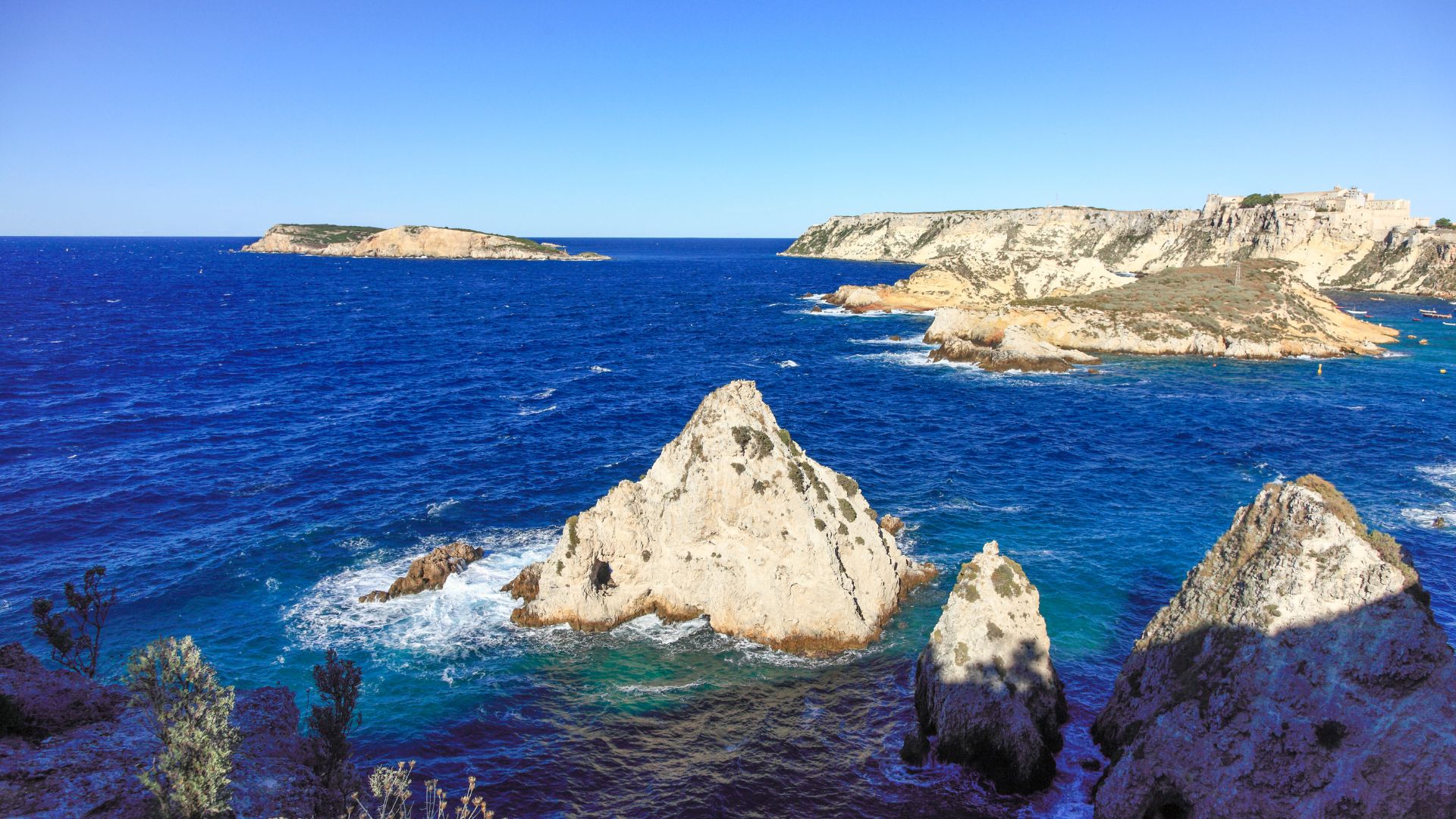
Unique Adventures on Each Island
San Domino is a diver’s dream. Since it’s a marine reserve, the sea life is thriving—I spotted groupers, sea bream, and even dolphins. Dive shops offer gear and guided trips for any level.
On Santa Maria, I joined a historical tour. The guide shared stories about political prisoners who once lived here.
Both islands are also great for kayaking. I rented one and paddled around San Domino, finding tiny beaches you’d never reach on foot. The ferry ride between islands takes about 20 minutes, so you can see both in a single day if you want.
Caribbean-Like Experiences: Beaches and Water Activities
The Tremiti Islands seriously deliver on the water activities. Crystal clear waters surround every shore, making it perfect for adventures above and below the surface.
Swimming and Snorkeling in Crystal Waters
Honestly, I’ve never seen water this clear anywhere else in Italy. You’ll get visibility of 20-30 meters, which makes for incredible snorkeling.
The sea is warm from May through October. In summer, it’s almost like swimming in a giant, natural pool.
On San Domino, “The Garden of Paradise,” I spent hours poking around underwater caves and rocky nooks full of colorful fish. The water shifts from emerald to deep blue, depending on the light.
If you’re new to snorkeling, Cala delle Arene is gentle and shallow. More adventurous types should check out Cala dei Turchi or Cala Matano for more marine life.
Top Beaches Not to Miss
Cala delle Arene – San Domino’s only sandy beach. It’s great for families or anyone who wants easy access to the water. The sand is soft, and the sea gets deeper slowly.
Cala Matano – This one’s my favorite. It’s a pebble beach tucked between cliffs, and the turquoise water is unreal.
Cala degli Inglesi – If you like quiet, this secluded beach is for you. The rock formations are pretty wild.
Paratella Beach – On San Nicola, this spot is small but charming, with great views of the old abbey.
Bring water shoes—most beaches are rocky or pebbly, and your feet will thank you.
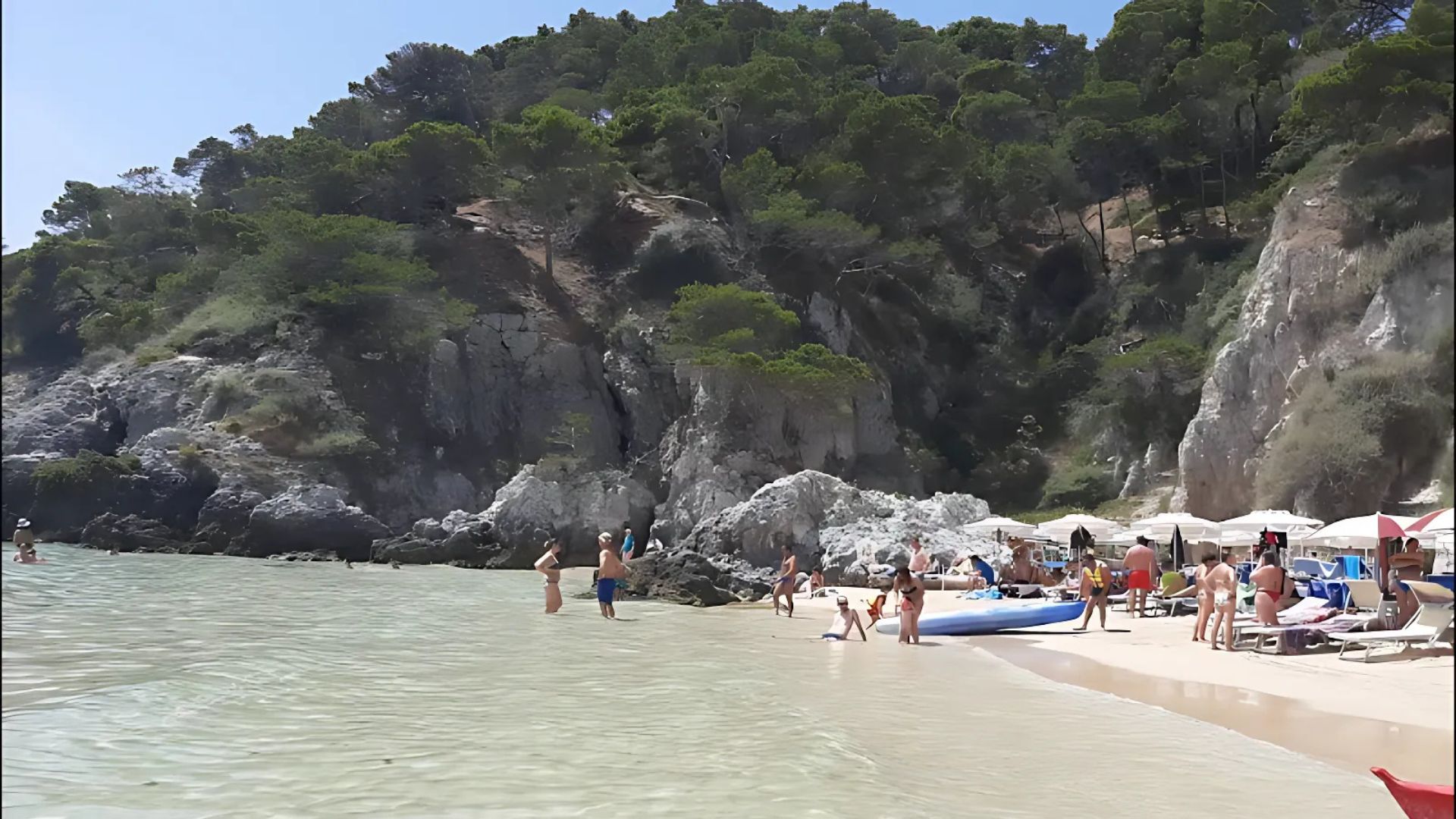
Kayaking, Boating, and Marine Exploration
If you want to see the islands, get on a boat or kayak. I rented a kayak and spent half a day finding secret coves and sea caves around San Domino.
For the full effect, book a boat tour with a local guide. Pinuccio is a favorite among visitors. Tours usually circle the main islands and pass by Cretaccio, Capraia, and sometimes Pianosa.
The best tours stop for swims and snorkeling in quiet spots. Don’t skip the Grotta del Bue Marino—the light inside turns the water electric blue.
Sunset cruises are something else. Watching the cliffs glow gold in the evening is something I won’t forget.

Scuba Diving Hotspots
The Tremiti are a top diving spot in Europe, hands down. Since becoming a marine reserve in 1989, the biodiversity and water clarity have only improved.
Cala degli Inglesi – I did a beginner dive here and found amazing rock formations and tons of fish. Depths go from 5 to 18 meters, so it works for most divers.
Secca di Punta Secca – Near Capraia, this spot is for more experienced divers. Expect dramatic drop-offs, groupers, barracuda, and sometimes dolphins.
Relitto di Lombardo – For history fans, this WWII shipwreck is fascinating. A 15-meter patrol boat sits at a comfortable depth.
Local dive shops offer PADI courses and guided dives. In summer, book at least a day ahead—spots fill up fast.
Navigating the Tremiti: How to Get There and Practical Tips
The Tremiti Islands, often called Puglia’s hidden gem, can only be reached by boat or, if you’re feeling fancy, by air. Getting there takes a little planning, but trust me, those clear waters are worth the effort.
Reaching the Archipelago from Puglia
Most people take a ferry from Puglia. Termoli is the main jumping-off point, with ferries and hydrofoils making the trip in 1-2 hours. In summer, you’ll get more options.
I took the ferry from Vieste and loved the coastal views along the way. Ferries also leave from Peschici and Rodi Garganico, especially during the busy season.
If you’re in a hurry (and don’t mind spending more), helicopters fly from the mainland and give you a jaw-dropping aerial view before landing.
When it’s time to book, I suggest using Ferryhopper to compare times and prices. Most ferries land at San Domino, which is where you’ll find the most connections.
Best Times to Visit
The sweet spot for visiting is May to early October, when the weather’s warm and ferries run on full schedules.
July and August are the busiest and most expensive, but the sea is perfect for swimming. I prefer June or September—nice weather, fewer tourists.
In winter (November–March), ferries are rare and most places shut down. The islands get quiet, which can be lovely if you want total peace.
Weather can mess with ferry schedules, so always check before you travel. I’d add an extra day to your plans just in case.
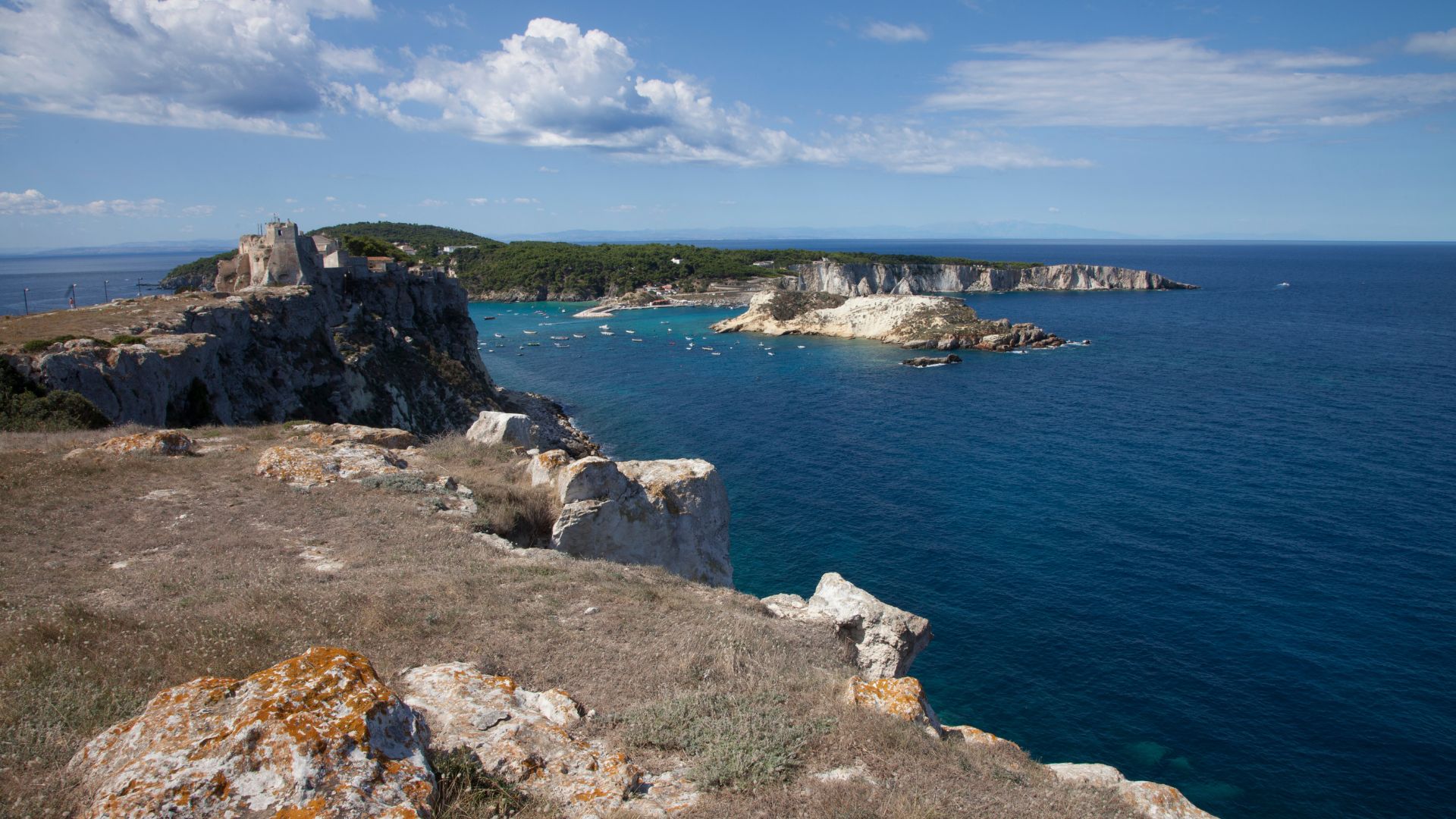
Accommodations and Local Stays
Most places to stay are on San Domino, from boutique hotels to family-run B&Bs. I stayed at a small guesthouse near Cala delle Arene and loved waking up to the sound of the sea.
San Nicola has fewer options but gives you a taste of life among ancient walls.
Book your room 3-4 months ahead if you’re coming in summer. Off-season, you can find some good deals.
A lot of hotels rent bikes, which makes exploring San Domino’s pine woods and beaches easy. Pack light—you’ll need to carry your bags from the ferry.
Wi-Fi can be patchy, so download maps and info before you arrive. The slower pace is part of what makes the Tremiti special.
Gastronomy and Local Island Life
The Tremiti Islands serve up a delicious mix of classic Puglian food with a salty, seafaring twist. Meals feature the freshest catches from the Adriatic, and local festivals give you a real taste of authentic island life.
What to Eat: Tremiti’s Culinary Specialties
Local fishermen head out every morning and bring in fresh seafood. It’s honestly hard to beat the taste of seafood that’s just come off the boat.
I found that seafood pasta is pretty much a rite of passage here. They’ll toss the morning’s catch with homemade pasta, and you can taste the difference.
Grilled fish is another standout. Chefs usually keep it simple, just some local herbs and a drizzle of the region’s olive oil.
That simplicity lets the natural flavors do the talking.
At lunch, I kept coming back to the octopus salad. It’s a mix of tender octopus, potatoes, olives, and a hint of citrus.
You’ll spot this refreshing dish on menus at restaurants near Santa Maria beach.
They don’t forget about the classics either. Traditional Puglian orecchiette pasta pops up often, sometimes with fresh shellfish or sea urchin if you’re lucky and it’s in season.
And hey, the tap water here is perfectly safe to drink. That’s always a relief when you’re traveling!
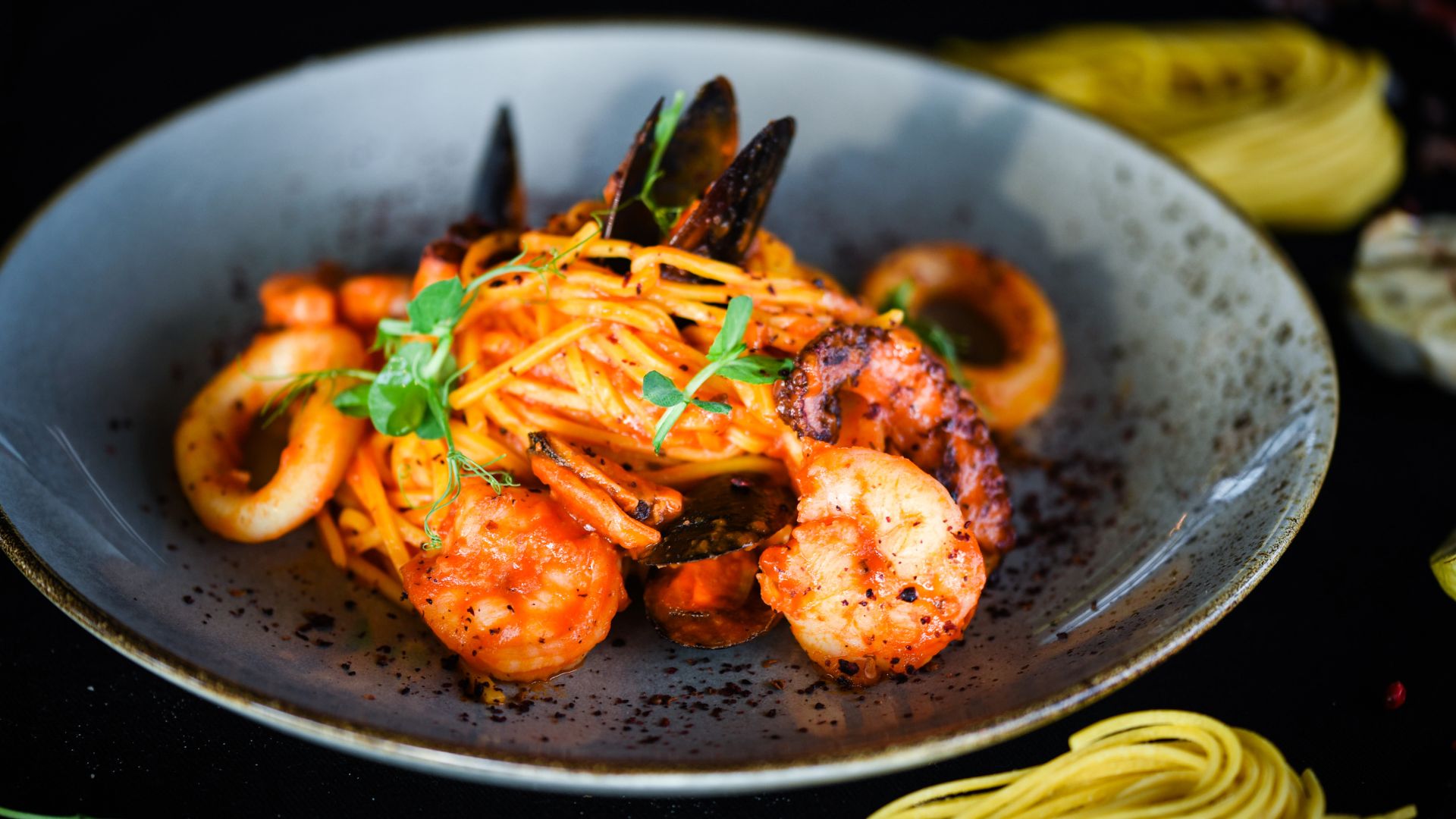
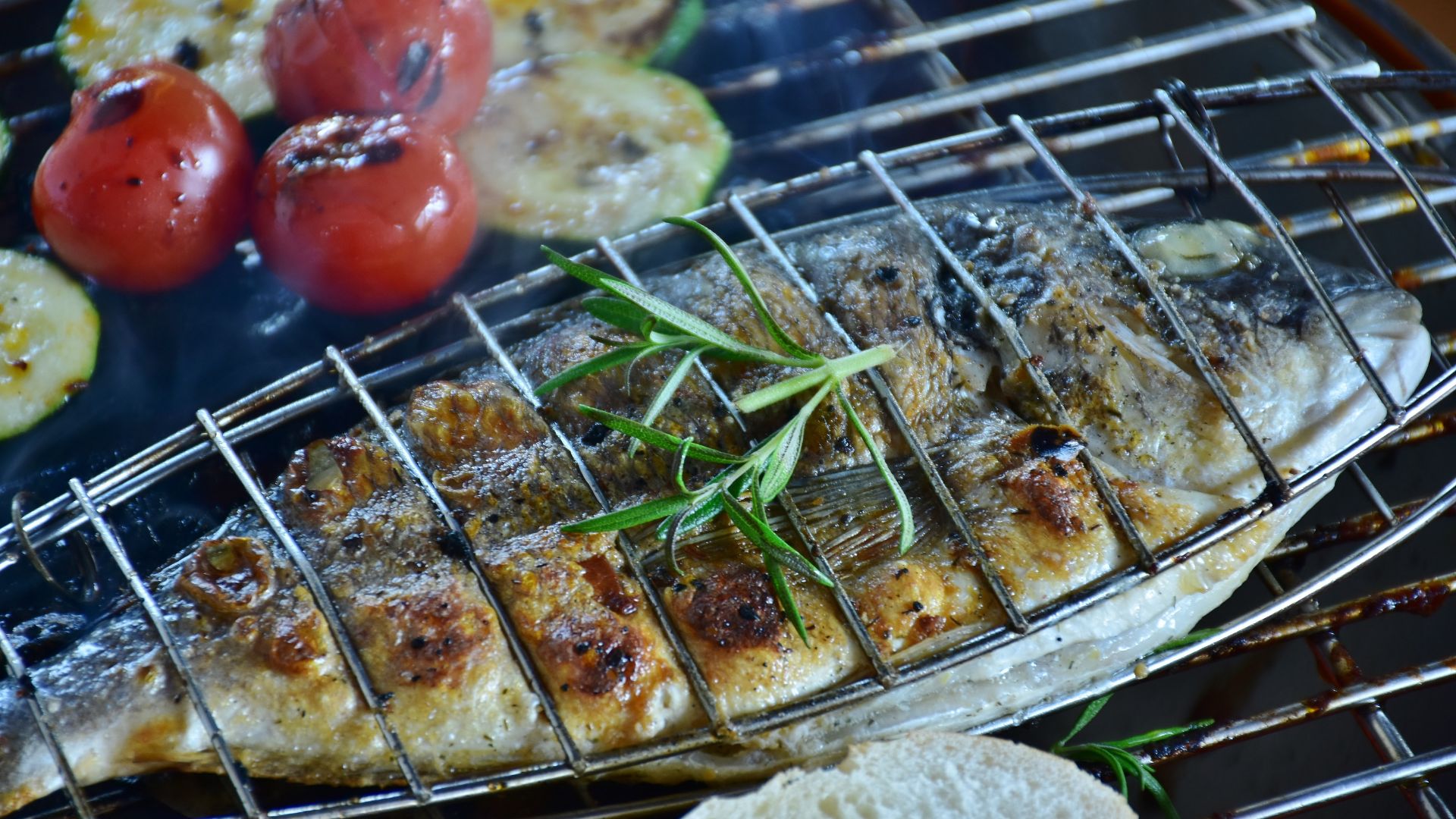
Dining with a View
Eating here isn’t just about the food—it’s about the view too. On San Domino, I found a few cliffside restaurants where the sunsets seem to make everything taste better.
Ristorante La Fenice stands out. You get sweeping views of the archipelago, and they serve up fantastic locally-caught fish.
If you can, grab a table on their terrace. It’s made for those long, romantic dinners.
For something more laid-back, I’d wander over to the little spots near Santa Maria’s harbor. They put together fresh seafood panini and ice-cold drinks.
Sometimes I’d just take my lunch to go and find a quiet spot on the rocks, watching the water sparkle.
On San Nicola, plenty of restaurants set their tables right by the water. There’s just something about that sea breeze that makes every bite better.
Just a heads-up—if you’re visiting during high season (June to August), book ahead. The best places fill up fast.
Island Festivals and Local Culture
Summer festivals light up the islands, celebrating their deep maritime roots.
In August, people flock to the Festa di San Domino. This event honors the island’s patron saint with lively processions, plenty of music, and, honestly, some of the best seafood you’ll ever try.
Local fishermen jump into rowing competitions, showing off their skills with traditional wooden boats. Watching them navigate the bright blue waters around the islands left me genuinely impressed.
July brings the Festival del Mare, which highlights the archipelago’s marine reserve status. Locals and visitors get together for environmental workshops and guided snorkeling tours—a fun way to get a feel for how much they care about conservation.
When evening rolls around, everyone gathers in the main piazza of San Nicola. Local musicians play traditional Puglian folk music, and sometimes the tarantella dance just starts up out of nowhere. Visitors usually can’t resist joining in.
If you want something to take home, check out the handicrafts. Locals make them from driftwood and seashells, and they’re a pretty great way to remember your time on the islands.

